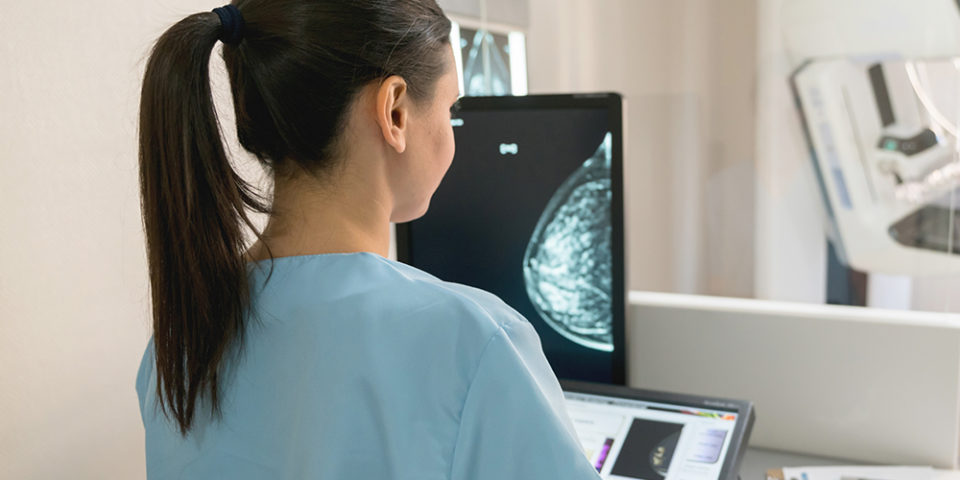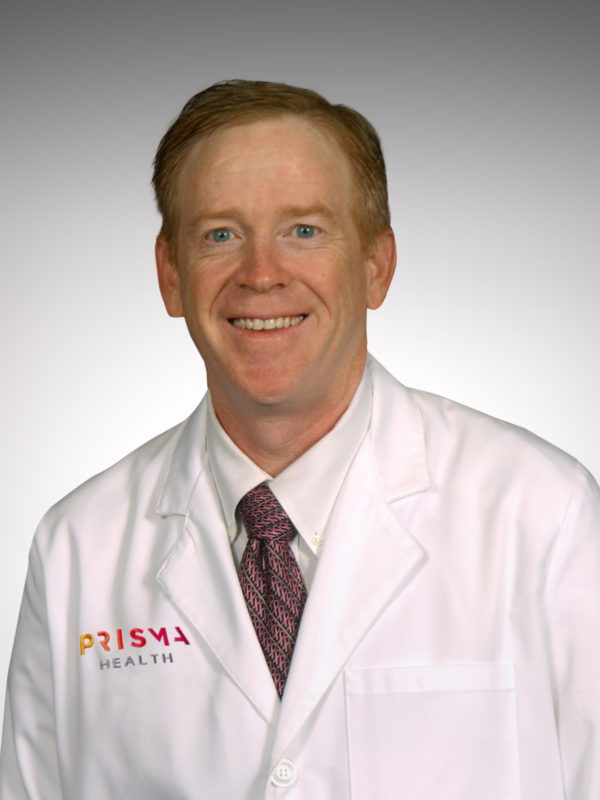What does it mean if you have dense breasts?
Women will often hear they have dense breasts either from their doctor during a physical exam or after having a standard mammogram, showing up as a note in the results. But what does this mean? Brian McKinley, MD, explained what you need to know.
“It is important to know that having a doctor say your breasts are dense during a physical exam is NOT the same as having dense breasts on mammograms,” Dr. McKinley said. “The density of the breasts on mammography is more important than how a doctor characterizes your breast tissue when considering the risk for breast cancer and the ability to detect problems with mammography.”
What are dense breasts?
Dense breasts have higher amounts of glandular and fibrous connective tissue and lower amounts of fatty tissue. If your mammogram shows you have dense breast tissue, that means your risk for breast cancer is higher than average.
Other breast cancer risk factors include:
- Being a woman.
- Having a family history of breast or ovarian cancer, especially if those cancers happened in young family members or if breast cancer affected any men in the family. Other cancers in the family could also signal increased risk for breast cancer.
- Beginning to menstruate at an early age.
- Being older at the time your first child was born or never having given birth.
- Going through menopause at a later age.
- Taking hormone replacement medications after menopause.
Is it common to have dense breast tissue?
About half of all women age 40 and older have dense breast tissue. Although it’s not known why some women have denser breast tissue than others, the composition of the breast can be related to a woman’s weight. Women with a low body mass index (BMI) tend to have denser breasts as do women who are premenopausal or take post-menopausal hormone replacement treatments.
What screening methods are recommended if you have dense breasts?
One of the ways to improve breast cancer detection in dense breasts is with a special mammogram technique called 3D mammography – or tomosynthesis mammography.
“On a standard mammogram, women who have dense breast tissue will have large areas of white on their mammograms,” said Dr. McKinley. “Many cancers also show up as white areas on the mammogram. This white-on-white phenomenon can make it difficult to detect new or emerging white areas/cancers in the sea of dense breast tissue. A 3D mammogram enables the breast X-ray doctors to look at the breast tissue, one thin layer at a time. And, by doing it this way, the likelihood that a new cancer will be hidden goes down and the likelihood of detection goes up. This ability to look at the breast layer by layer is similar to our ability to use CAT scans to look inside the brain or chest or abdomen and get more accurate information.”
Dr. McKinley said it’s not only important to know your breast density, but to also learn about your overall risk for breast cancer. This is information that your primary doctor can provide.
“This knowledge, combined with a strategy of regular mammograms, exams by your doctor and early reporting of any new breast symptoms, is your best defense against breast cancer.”
Schedule your mammogram
To accommodate your busy schedule, many of our Breast Health Center locations offer early morning and late afternoon hours for breast imaging procedures. No physician referral is needed.
Schedule a Mammogram

